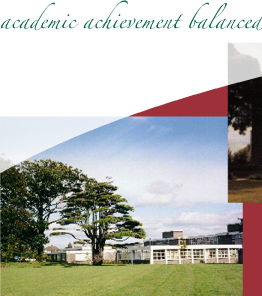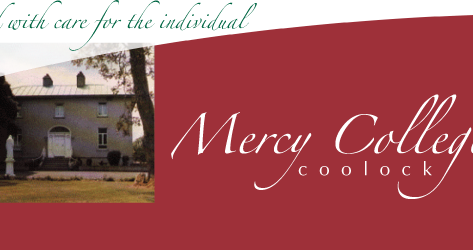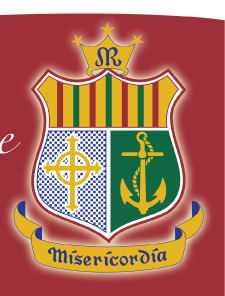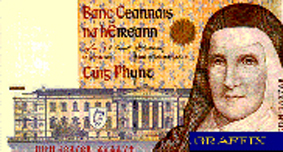 |
 |
 |
| St. Brendan's Drive, Malahide Rd., Dublin 5 | Tel: +353 (0)1 848 0888 / 848 0290 Fax: +353 (0)1 848 0163 | email: info@mercycoolock.ie / web@mercycoolock.ie |
|
Irish MoneyIn 1928 the Currency Commission of Ireland commissioned 7 legal tender Irish Free State notes all featuring the portrait of Lady Lavery.In 1943 the Currency Commission changed to 'Central Bank of Ireland'.Between 1976 and 1978 the Five, Ten, Twenty and Fifty pound notes were reissued featuring new images. Queen Maeve on the £5, John Scotus on the £10, W.B. Yeates on the £20 and Turlough Carolan on the £50.In 1993 the notes were reissued once again, the notes featured:Catherine McAuley
The front of the £5 note features a portrait of Catherine McAuley (1778-1841), foundress of the Sisters of Mercy. Adapted by Robert Ballagh from a posthumous portrait. It is set against a view of Mater Misericordia Hospital in Dublin which was established by the Sisters of Mercy in 1861within 20 years of Catherine's death.A classroom with three children is featured on the back of the note because of the Mercy sisters dedication to education. The first verse of the poem " Mise Rafiteri an File" is featured on the blackboard. It is based on the version in " Songs Ascribed to Raifteri" by Douglas Hyde, the first President of the Republic of Ireland. It was published in 1903. A map of Europe without national boundaries hangs on the wall in the classroom symbolising Ireland's commitment to a united Europe.James Joyce
The front of the current £10 note features a portrait of James Joyce (1882-1941) based on an original by Robert Ballagh. It is set against a panoramic view of Dublin City and parts of Counties Dublin and Wicklow drawn in the 19 century by T. R. Harvey.The back of the note carries a reproduction of one of fourteen heads sculptured by Edward Smyth for the Custom House. It is said to represent the River Liffey. This head and the opening lines of Joyces' 'Finnegans Wake' are overlaid on part of a 19th century map of Dublin.Daniel O'Connell
The £20 note was also designed by Robert Ballagh, one of Ireland's foremost artists, whose work has received international acclaim. The front of the £20 note carries a portrait of Daniel O'Connell (1775-1847) based on a mezzotint by John Gubbins which is held in the National Gallery of Ireland . The portrait is set against a contemporary landscape drawing of Derrynane Abbey, Co. Kerry. the original of which is held by the National Gallery. O'Connell who was a great champion of the Catholics was called The Liberator. He was a contemporary of and a very good friend of Catherine McAuley. O'Connell became Lord Mayor of Dublin in 1841.The back of the note bears a pledge signed in 1845 by O'Connell and others and is now held in the National Gallery of Ireland. In the foreground is a drawing of Dublin's Four Courts, the original of which is held by the National Library.Douglas Hyde
The front of the £50 note features a portrait of Douglas Hyde ( 1860-1949 ), first President of Ireland by Robert Ballagh. In the background is drawing of Árus an Uachtárain, Ireland first Presidential residence situated in the Phoenix Park. This building is set against a design from the interior of the base of the Ardagh Chalice.The back of the note features a piper and the crest of Conradh na Gaeilge overlaid on a 16th century manuscript from the collection of the Royal Irish Academy.
|
| website design by |



